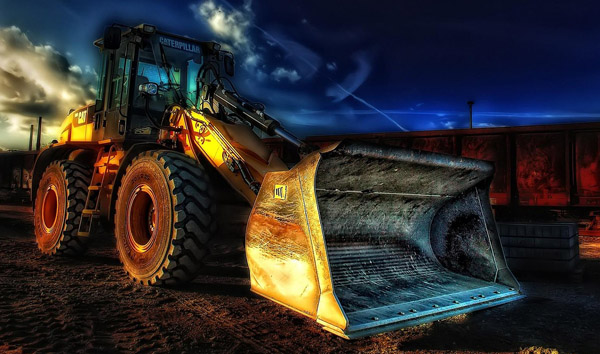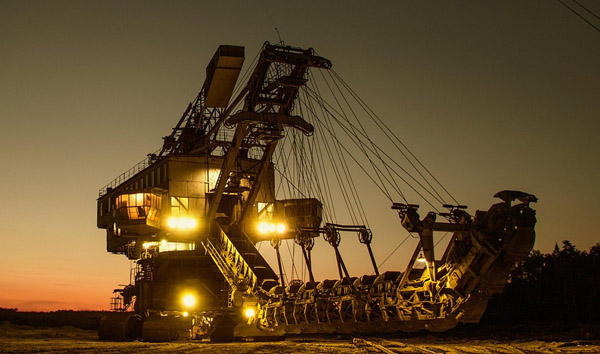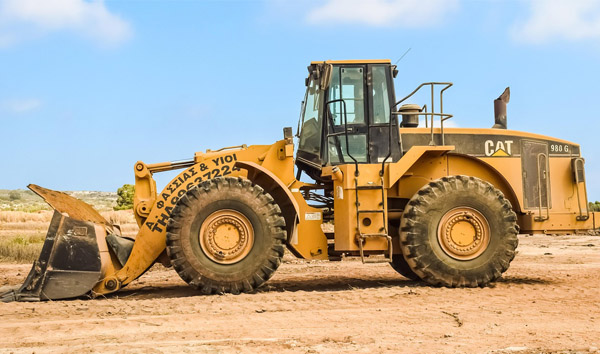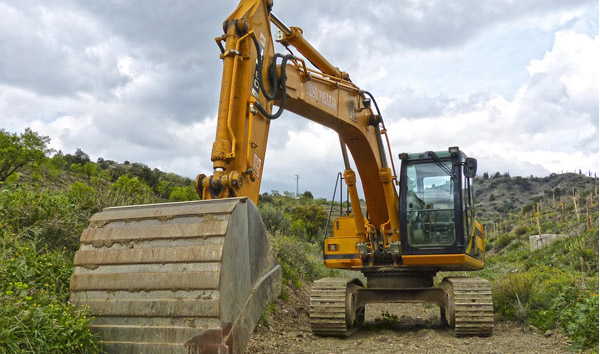The Evolution of Heavy-Duty Loaders in Modern Quarry Operations
2025-08-02 04:30:30
The quarrying industry relies heavily on heavy-duty loaders to handle large volumes of raw materials efficiently. These machines are engineered to withstand extreme conditions, from rugged terrains to heavy payloads, making them a cornerstone of modern quarry work. With advancements in hydraulic systems, engine performance, and operator comfort, today’s heavy-duty loaders deliver higher productivity while reducing downtime.
One of the most significant innovations in heavy-duty loaders is the integration of intelligent load-sensing hydraulics. This technology optimizes power distribution based on real-time demands, ensuring smoother operation during quarry work. For example, Caterpillar’s 992K loader features an adaptive hydraulic system that reduces fuel consumption by up to 15% while maintaining peak performance. Such improvements are critical in an industry where fuel costs account for nearly 30% of operational expenses.
Durability remains a top priority for heavy-duty loaders used in quarry work. Manufacturers like Komatsu and Volvo have introduced reinforced undercarriages and high-strength steel components to extend machine lifespan. According to industry reports, modern heavy-duty loaders now average 20,000 operating hours before requiring major overhauls—a 25% increase compared to models from a decade ago. This longevity directly translates to lower total cost of ownership for quarry operators.
Another key trend is the adoption of telematics in heavy-duty loaders. GPS tracking and remote diagnostics allow fleet managers to monitor machine health, track fuel usage, and schedule maintenance proactively. For instance, Liebherr’s LiCONNECT system provides real-time data analytics, helping quarries optimize their heavy-duty loader fleets for maximum uptime. Such digital solutions are revolutionizing quarry work by minimizing unplanned downtime and improving operational transparency.
Looking ahead, electrification is poised to transform heavy-duty loaders in quarry operations. Prototypes like Hitachi’s ZW550-5 electric wheel loader demonstrate zero emissions without compromising power—a game-changer for sustainable quarry work. While battery technology and charging infrastructure remain challenges, industry forecasts predict that 20% of new heavy-duty loaders could be electric by 2030.
In conclusion, heavy-duty loaders continue to evolve, driven by demands for efficiency, durability, and sustainability in quarry work. From smarter hydraulics to electrification, these machines are setting new benchmarks for productivity in the mining and aggregates sector. As technology progresses, heavy-duty loaders will remain at the heart of quarry operations worldwide.














